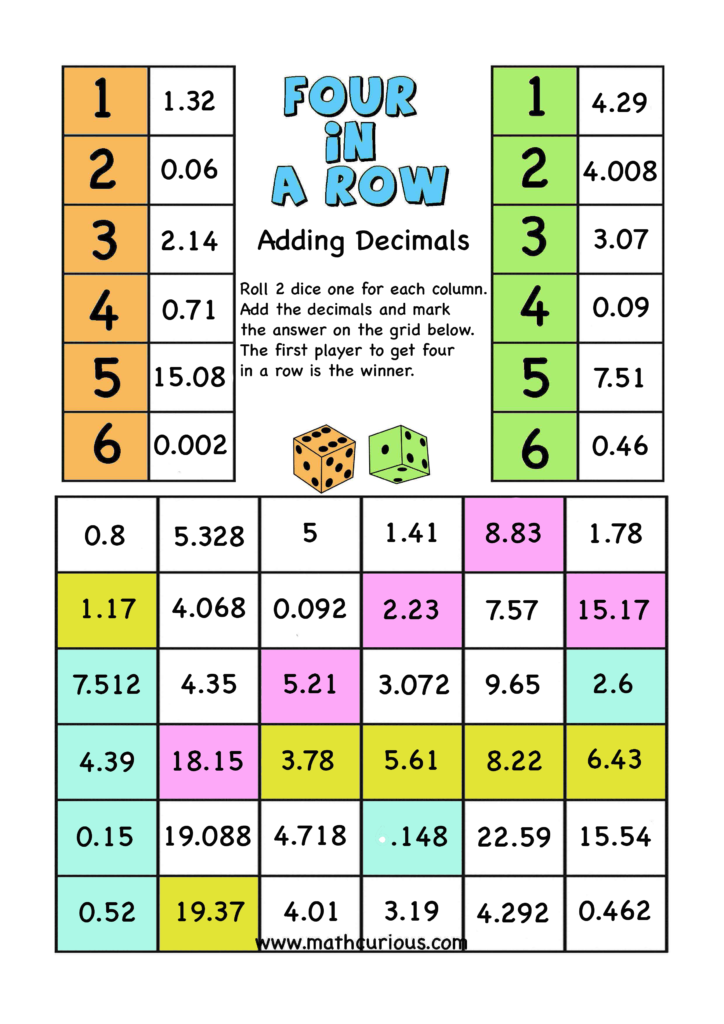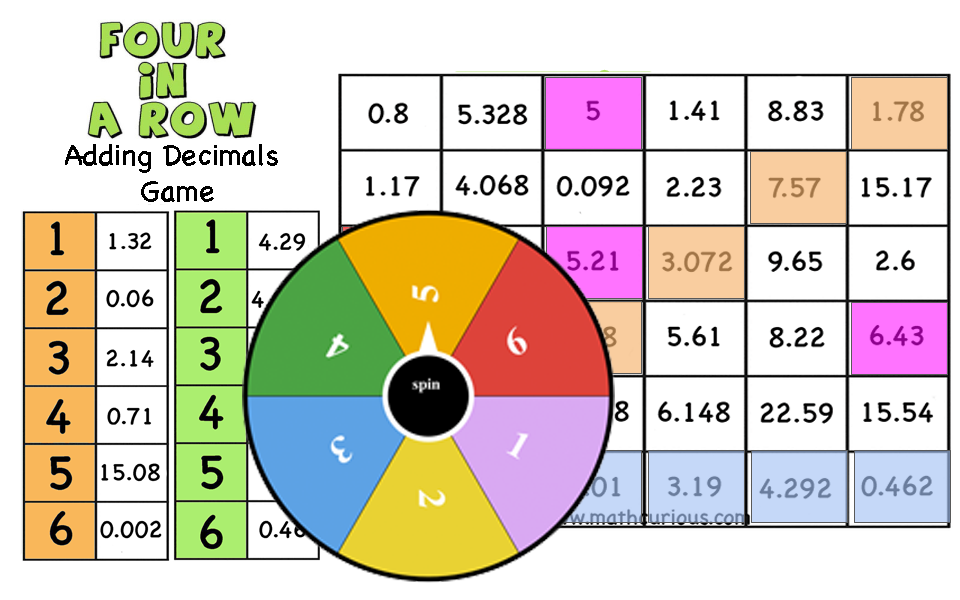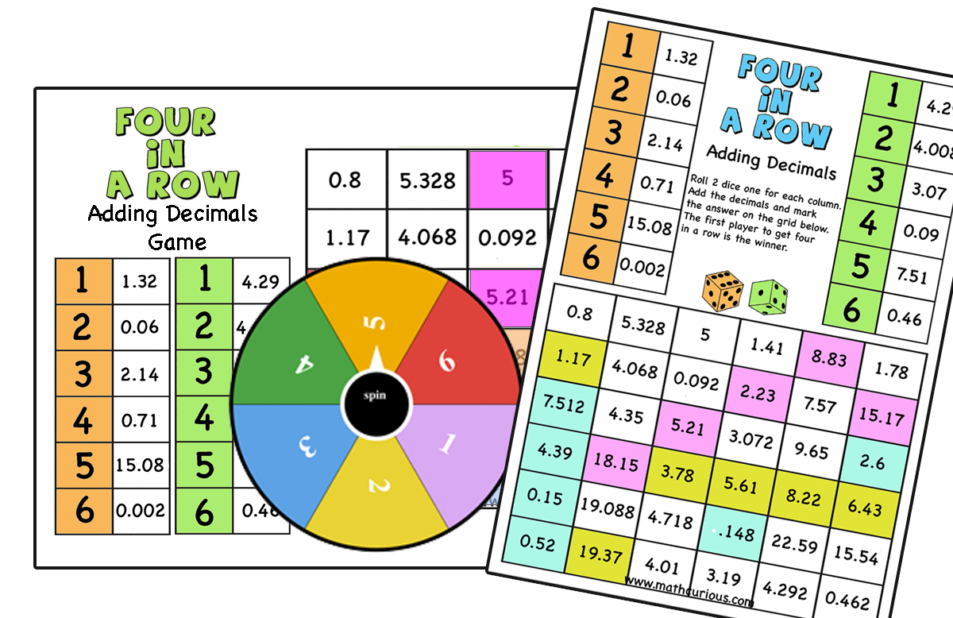I am proud to say that we have completed our fractions operations review and we are already diving into reviewing decimal operations. Many of my students needed to be reminded of the concept visually and conceptually. We used activity cards to build/represent decimal numbers, visually understand decimals and connect them to fractions and percentages. It is necessary for the students to have a concrete understanding of decimals to be able to make sense of the decimal operations. We played lots of card games for fun practice of equivalence and place value.
Decimals Operations
When we started reviewing the decimal operations one by one (addition, subtraction, multiplication, division) we explored many ways to visualize the operations, especially multiplication and division of decimals. We used grids and base 10 blocks as well as simulations. Phet has some activities that you can try to digitally multiply decimals.
New Games!
Once the concepts were clear for the students we needed a fun way to practice the addition, subtraction, multiplication, and division of decimals. A way to practice the algorithms in groups or pairs and by themselves at home and self-correct. I decided to create the same kind of games as the fractions operations ones that were a great hit with my students and from what I hear with yours as well.
The idea of the games is that the students will roll 2 dice and get a decimal from each column to add, subtract, multiply or divide. (different board for each concept) They do the calculations and find the simplified answer on the grid below. They mark it and the first player to get four in a row, horizontally, diagonally, and vertically is the winner.

The students do the calculations on their own draft paper and they write the dice roll numbers on the top for the teacher to check. The students need to have “proof” that they did the calculations. Also, with the students having their calculations organized on a paper you can easily review a few combinations for the whole class or check their work individually.
The answers on the grid help them check their work and self-correct. I always tell my students to check if their answer makes sense. If they misplace the point the decimal becomes 10, 100, 1000 … times bigger or smaller. For example, if for 3.5x 2.7 you got 94.5 or 0.945 the answer doesn’t make sense. Try to estimate the answer. 9.45 makes sense. The answers on the game board will help with this as well.
I have created the google slides versions for all the games for my online students and you can find them below. The google slides version uses a spinner instead of dice.

These games can be used to play in groups/pairs and compete as to which group will get four in a row first. The students can use the game board as single players and compete with someone else. When students work in groups/pairs they help each other, find each other’s errors, use math vocabulary and strengthen their understanding.
The whole class can compete with students using their own boards kind of like bingo. (we did this a lot at the social distancing times) You can use the game boards as worksheets as well with no stress practice as the answers are there. Give the students a number of problems to solve. You can turn the game into 3 or even 2 in a row for a shorter game.
As you can see these games are for practicing the algorithm and they don’t offer any visual help or scaffolding apart from the answers to self-correct. Depending on which game board you are using the students need to be able to add, subtract, multiply or divide fractions and/or mixed numbers, convert and simplify.
Find the Addition PRINT game below for free.
Find the rest of the game boards with the detailed instructions and the print and google slides versions below
Adding decimals Game print and digital
Subtracting Decimal Print and Digital
Multiplying Decimal Print and Digital
Dividing Decimals Print and Digital
I hope that you find these games useful
Find more decimal resources below.

